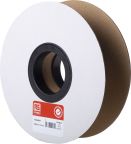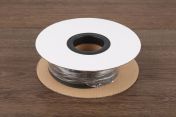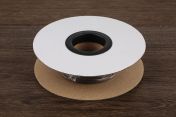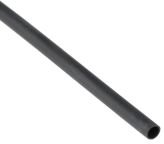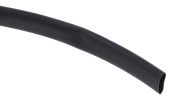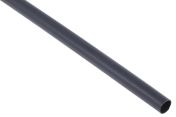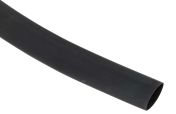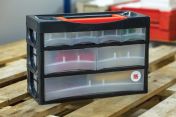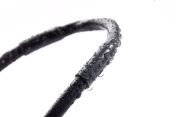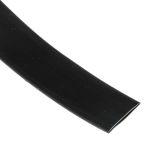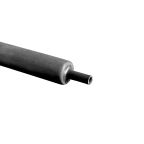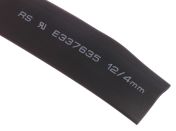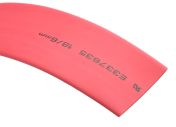Heat Shrink Tubing
Heat shrink tubing is commonly used for electrical insulation, protection, and for bundling wires, cables, and other components. The shrink tube provides an effective barrier against moisture, dust, chemicals, and physical damage, ensuring cables and components are secure and safe from exposure. To learn more about heat shrink, please see our comprehensive heat shrink tubing guide.
We have a huge heat shrink product range to choose from, including Clear, Black, White, Yellowand Earth Wire from leading brands such as 3M, Alpha Wire, HellermannTyton, TE Connectivity and our very own RS Pro.
What are the benefits of heat shrink Tubing?
- Electrical insulation: It creates a protective barrier around wires, preventing short circuits and electrical hazards.
- Strain relief: By shrinking around the wires or cables, it helps relieve stress on the connection points and prevents the wires from bending or breaking.
- Environmental protection: The tubing provides resistance to moisture, chemicals, abrasion, and UV radiation.
- Organization and bundling: It can be used to group and organize wires or cables, making installations neater and more manageable.
- Identification and colour coding: Heat shrink tubing is available in various colours, allowing for easy identification and colour coding of different wires or cables.
Heat shrink materials
- Polyolefin** (PO) **tubing is the most widely used and versatile type of heat shrink tubing.
- **Polyvinyl Chloride (PVC) **heat shrink tubing is known for its flexibility, durability, and flame-retardant properties. It is commonly used in applications where resistance to oils, fuels, and chemicals.
- Fluoropolymer** (e.g., Teflon) **heat shrink tubing offers exceptional resistance to high temperatures, chemicals, and solvents.
- **Neoprene **heat shrink tubing provides good resistance to oils, fuels, and chemicals.
- **Dual-Wall Heat Shrink Tubing **consists of an inner layer of adhesive and an outer layer of heat-shrinkable material. When heated, the tubing shrinks, and the inner adhesive layer melts and creates a moisture-resistant seal.
- **Specialty Heat Shrink Tubing **are various specialty heat shrink tubing options available for specific applications.
Heat shrink accessories
- Heat shrink guns are the principal method of applying heat to tubing, wrap and tape. These versatile appliances are lightweight and available with both single and double handles.
- Heat shrink connectors are a form of tubing used to join cabling together or to connect it to power outlets. Typically made from versatile materials like polyolefin, they usually feature a dual wall design, with a shrinkable outer layer and an inner which will melt into place when heat is applied to create a strong, watertight seal.
- Heat shrink boots are components used in cable management and electrical systems to provide protection and insulation for cable connectors and terminations.
For more information on heat Shrink tubing please see our complete guide here.
Popular Searches
Related links
- A Complete Guide to Heat Shrink Tubing
- RS PRO Adhesive Lined Heat Shrink Tubing, Black 16mm Sleeve Dia. x 1.22m Length 3:1 Ratio
- RS PRO Adhesive Lined Heat Shrink Tubing, Black 40mm Sleeve Dia. x 1.2m Length 3:1 Ratio
- RS PRO Heat Shrink Tubing, Black 3mm Sleeve Dia. x 10m Length 3:1 Ratio
- RS PRO Adhesive Lined Halogen Free Heat Shrink Sleeving 3:1 Ratio
- RS PRO Adhesive Lined Halogen Free Heat Shrink Sleeving 3:1 Ratio
- 3M Adhesive Lined Heat Shrink Tube HSR Series
- nVent RAYCHEM Adhesive Lined Heat Shrink Tube RNF-3000 Series
